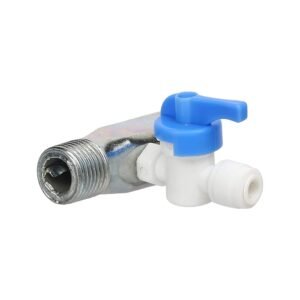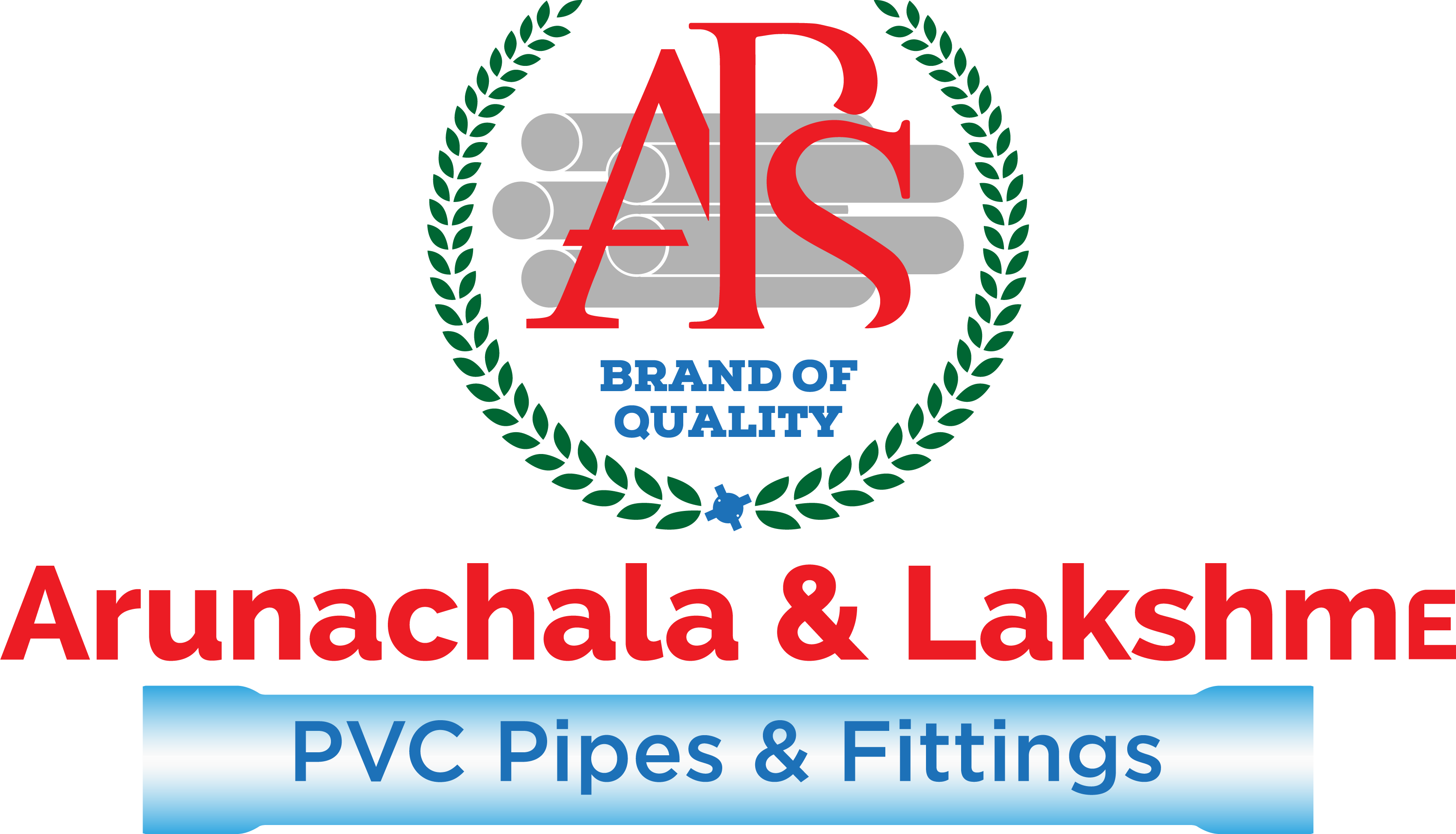Fittings
We have Fittings for every range
Elbow
It is installed at the time of joining two pipes. With thehelp of an elbow, the direction of liquid is changed.
Normally a 45° or 90° elbow is used. When the two sidesof pipes differ in size, an elbow of reducing size is used.
This is called reducing type elbow or reducer type elbow.
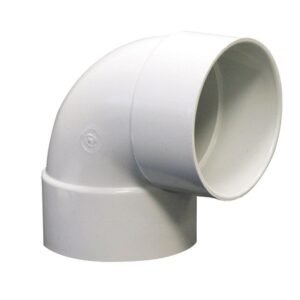
Tee
It is an important fitting with a side outlet at 900 to the run of the pipe.
Tees connect pipes of various diameters and help in changing the direction of water or material in a pipe. Tees are made in various sizes like equal or unequal.
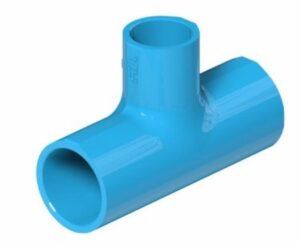
Trap
It is a fitting in a P, U, S or J-shaped type.
Traps are fitted near a plumbing fixture. The trap bend is fitted to prevent sewer gases from entering the building. If the gases are inserted back into home, then it could lead to people inhaling foul smell, which could cause illnesses. It could even explode.
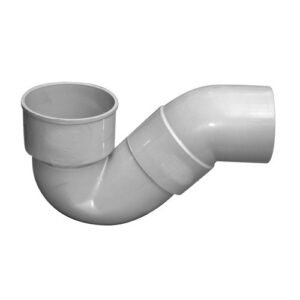
Cross
When four pipes are joined, a cross is formed. It is also called a cross branch line or a four-way fitting. This fitting has three outlets and one inlet. Cross fittings may deteriorate when temperatures change, because cross fitting is made atthe centre of the four connection points.
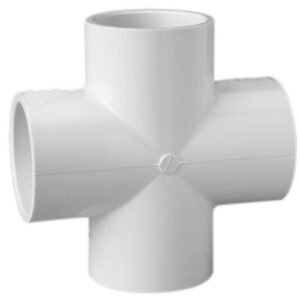
Threaded Joint
When pipes are joined by screwing in threads which are provided in the pipe, it is called a threaded joint. In this joint, one of the pipes has internal threads whereas the other pipe has threads externally. The Threads are also made in various pipes like PVC, CI pipes, copper pipes and GI pipes, etc.
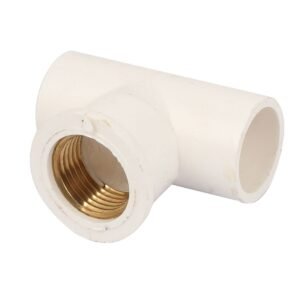
Gate Valve
It is used for starting or stopping flow. For a straight-line flow of fluid, minimum flow restriction can also be done with gate valve.
In service, these valves are generally either fully open or fully closed. These valves are used for various types of liquids and make a tight seal when closed.
